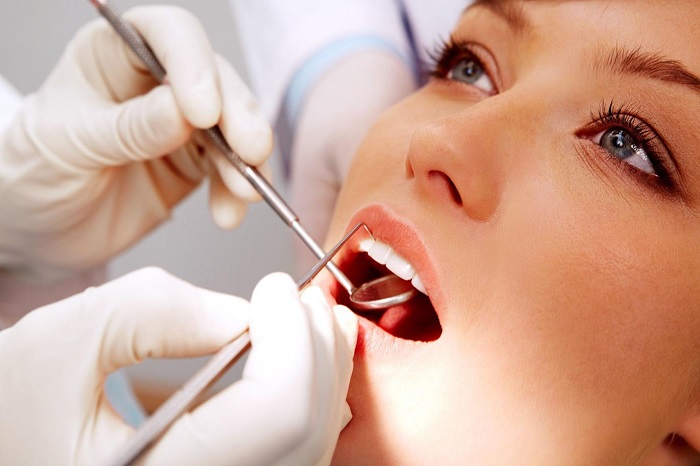For some people, the fear of dentists is just a myth but for others its like skydiving without a parachute. I know this may sound exaggerated but the fear of having a painful experience is what makes a lot of people afraid of going to the dentist and prevent further oral issues. One of the things that many people are afraid of is tooth extraction. Tooth extraction is the removal of a tooth from its socket in the bone. It is a common dental procedure which can often cause a lot of anxiety for patients. However, being informed about what it actually is and what you can expect afterward can relieve some of this anxiety and help you to be better prepared for the treatment.

Reason
Since this procedure is the last resort, there must be a good reason why it needs to be done. Some individuals have extra teeth/tooth that block other teeth from coming in, which means that they need to be extracted to make more room for the new ones. Similarly, in some cases, baby teeth may not fall in time to allow the permanent teeth to come in and this is the case when tooth extraction Melbourne professionals claim, should take place. Wisdom teeth also need to be removed if they are decayed, cause pain, or have an infection. Some teeth may need to be removed if they have the potential of becoming a source of infection after an organ transplant.
Methods
There are two ways this can be done – either with a simple extraction or a surgical one. The simple extraction is, well, pretty simple as it is performed on a tooth that is clearly visible. It is done in a way that the tooth is first loosened with an instrument called ‘elevator’ and then it’s removed with a forceps. On the other hand, surgical tooth extraction is more complicated than loosening and pulling your tooth out. It is performed in cases when a tooth is broken at the gum line or when one hasn’t fully emerged. It involves making a tiny cut into your gum and in some other cases, it involves cutting the tooth in half or removing a piece of the bone surrounding the tooth. With the surgical extraction, the patient gets local anesthesia or sometimes an intravenous (through the vein) one, and patients with specific medical and behavioral conditions or young children may need general anesthesia.
Recovery
The recovery time can vary with every person but it usually takes a couple of days in order to get back to normal and several weeks for a full recovery. Smoking in the following few days after the tooth extraction is not recommended. After the tooth extraction, you should be on a soft diet from 24 to 48 hours. You may also need to rinse your mouth with warm salt water several times a day for 4-5 days starting on the day after the tooth extraction Melbourne dentists claim for a complete and faster recovery.











